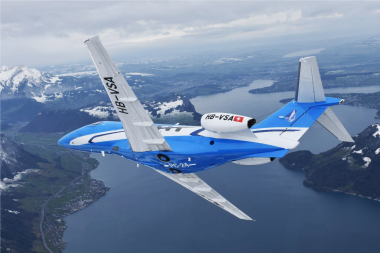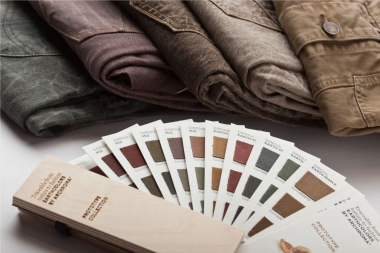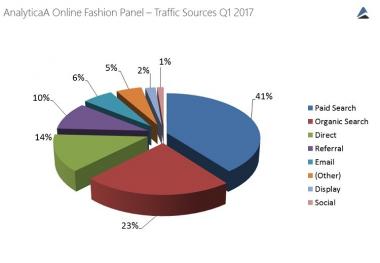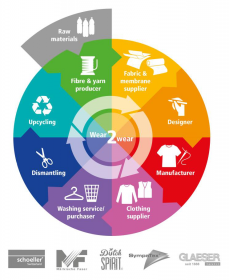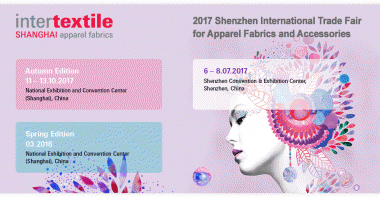World’s best circular economy solutions to be presented in Helsinki, 5-7 June 2017
The world is in serious need of solutions to create sustainable growth and jobs. The World Circular Economy Forum 2017 is bringing 1,500 specialists from around the world to Finland to show how this can be done. The groundbreaking event will focus on the world’s best circular economy solutions in which business and the environment go hand in hand. The host country Finland is the first in the world to have published a comprehensive road map to a circular economy.
The country’s leading future-oriented think-and-do tank Sitra is now inviting the shapers of our future well-being to celebrate Finland’s 100th year of independence at the forum. Come and experience Finland’s own inspirational story as a global leader as we put the circular economy into practice and deliver concrete benefits across all sectors of business and society. “A circular economy is about using resources more efficiently and creating more value with what we have,” says Dr Mari Pantsar, Director of Sitra’s Carbon-neutral circular economy. “It can be the win-win approach everyone is looking for. For companies, circular products and business models help cut costs, manage risks and create new revenue. For societies, moving away from the current linear ‘consume-and-throw-away’ economy offers large benefits for tackling the climate crisis, reducing waste and creating jobs.” The PC-24 is in the final stages of its certification program following the first flight of the third and final test aircraft on March 6 2017. The aircraft is scheduled for certification and entry into service in the 4th quarter 2017. Pilatus has so far secured 84 orders for the PC-24, which equates to three years of production.
World Circular Economy Forum, Finland, Sitra
Sitra





